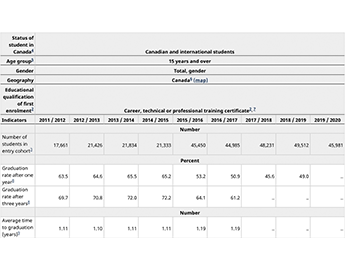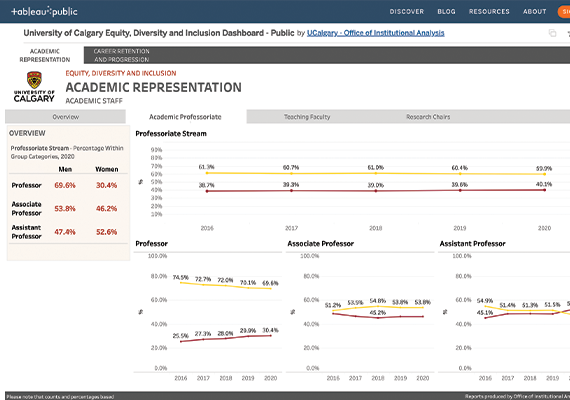
EDI Dashboard | UCalgary
a partnership between the Office of Equity, Diversity and Inclusion and the Office of Institutional Analysis
To make meaningful change to achieve an equitable, diverse, and inclusive university, key demographic data must be collected, and efforts to identify and close the diversity gaps must be tracked. The UCalgary EDI dashboard has been created through a partnership between the Office of Equity, Diversity and Inclusion and the Office of Institutional Analysis. This partnership was established because high-quality data can help us reveal the gap between the Canadian population and the student body, faculty, staff, and university leadership. Data can also help institutions like ours avoid a one-size-fits-all approach to EDI measures as it tracks and validates when policies and procedures are making a measurable difference.
The information within our EDI dashboard represents a solid beginning. As we further refine and develop the dashboard, we will expand its data tracking abilities and dive further into the demographics within our university to help guide our EDI work.
Diversity is essential to inclusive excellence in research, teaching and learning. A diversity of voices, experiences and perspectives fuels novel ideas, critical thinking, faster problem-solving, better decision-making, higher employee engagement, and drives creativity and innovation. A diverse talent pool creates the opportunity for new insights and answers to some of the biggest challenges of our time. The University of Calgary is committed to fostering equitable pathways to achieving inclusive excellence across campus.
UCalgary EDI Census: Count yourself in
As part of the OEDI’s mandate to strengthen UCalgary’s efforts to advance equity, diversity, and inclusion, we conduct equity censuses to gather a snapshot of current demographic data and experiences. The responses provide information needed to develop the necessary supports and services to ensure equitable pathways for all members of the UCalgary community to achieve their full potential. These censuses are a critical component of our reporting.
An equitable and diverse workforce enriches our work
UCalgary is committed to equity, diversity, inclusion and accessibility.
The research evidence is clear, diversity fuels critical thinking. It contributes to better teachers, researchers, learners and service providers. Diversity is critical to a research institution as it enables better teams and fuels ingenuity, creativity and innovation. Closing our employment gaps requires data to inform evidence-based decisions. Therefore, understanding our employee composition is urgently needed. Please help us be better. Responses to this Employee Equity Census will also provide valuable statistical information that can guide future policies, procedures and practices.
Employment Equity Census
A primary aim of the census is to understand UCalgary’s demographics. It will enable us to create a baseline for change. Responses will be analyzed and support data-informed and evidence-based decision-making. The university will identify patterns and trends and address any obstacles that impede an individual’s success within UCalgary. We will use this data to create policies, processes and systems that remove barriers that impede the ability of members of the campus community to thrive. The data will also inform campus-wide initiatives to create equitable pathways to and across the campus community.
Student Equity Census
UCalgary’s Student Equity Census is a small step toward a much bigger goal of creating an equitable, diverse, inclusive and accessible university for all.
We want to ensure our university — its policies, services and practices — are reflective of and responsive to our students and our community. To achieve this goal, we first need good data to support evidence-based decision-making. The data collected is most meaningful when all voices are heard, and all students are included.
EDI Data Infographics
Learn more about the composition of the UCalgary community's employee and student groups. These data infographics represent the changes in demographics over the years 2016 to 2020. This data is integral to the OEDI's reporting strategy as an overall picture of how the UCalgary community reflects the general Canadian population.


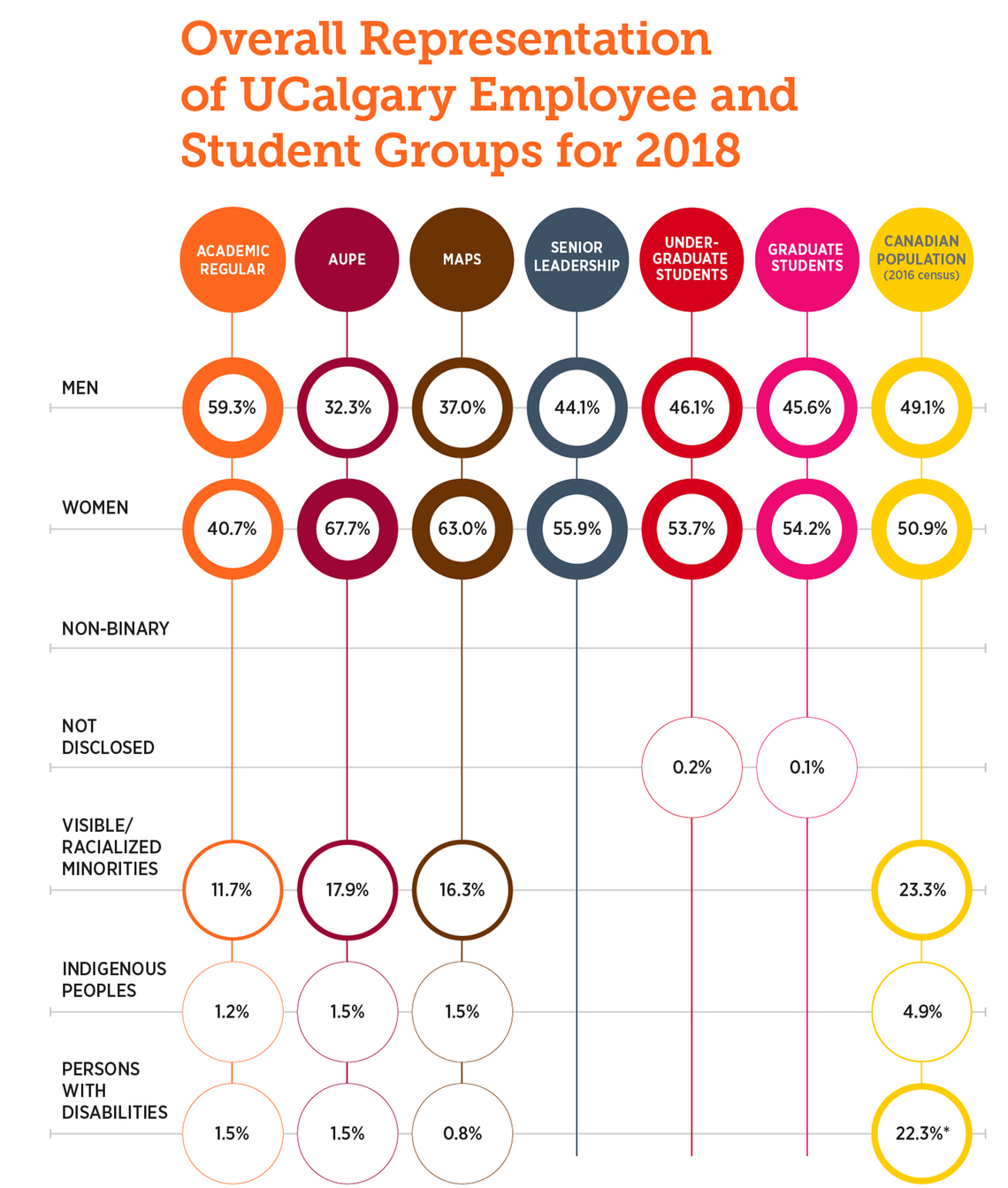
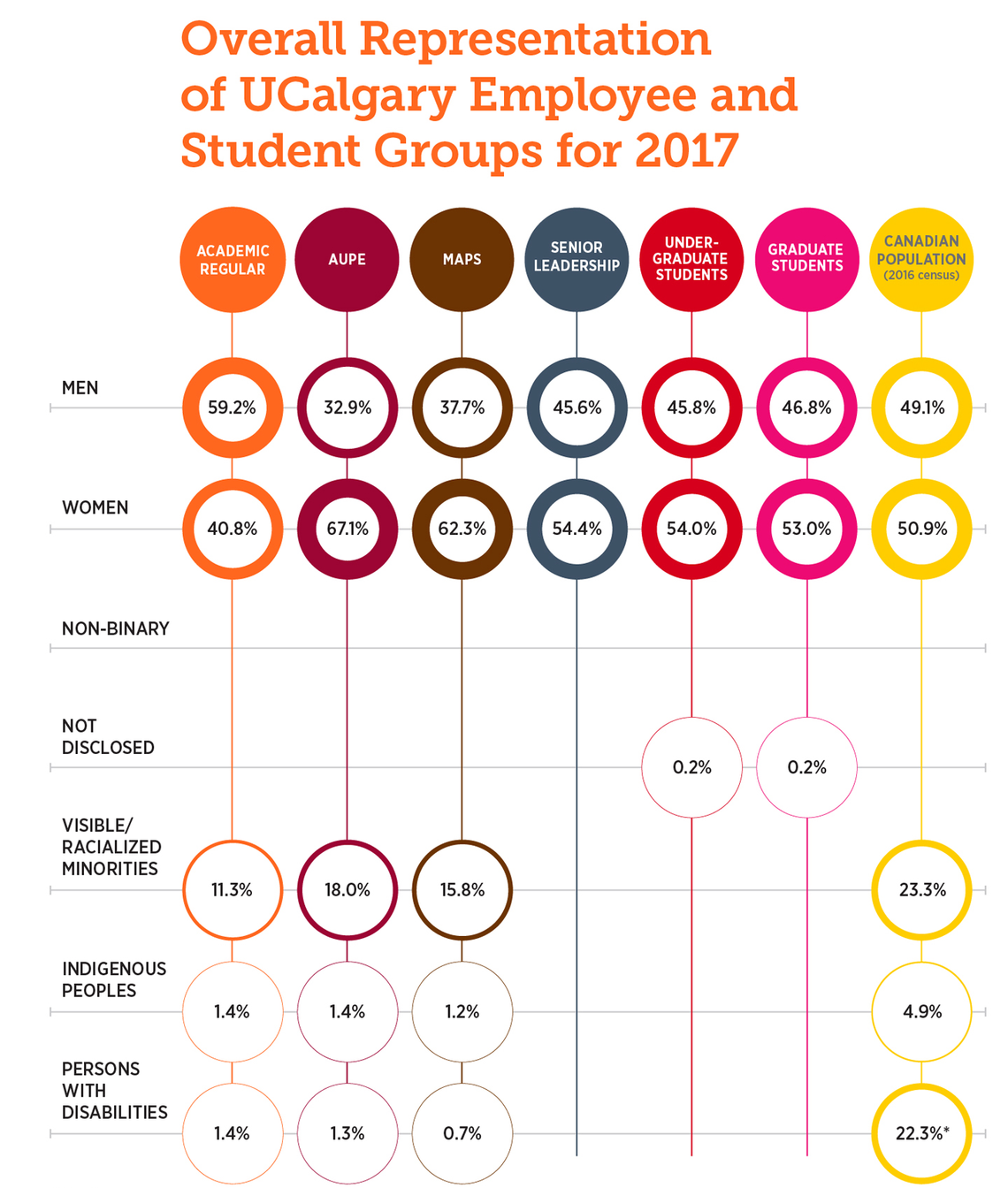
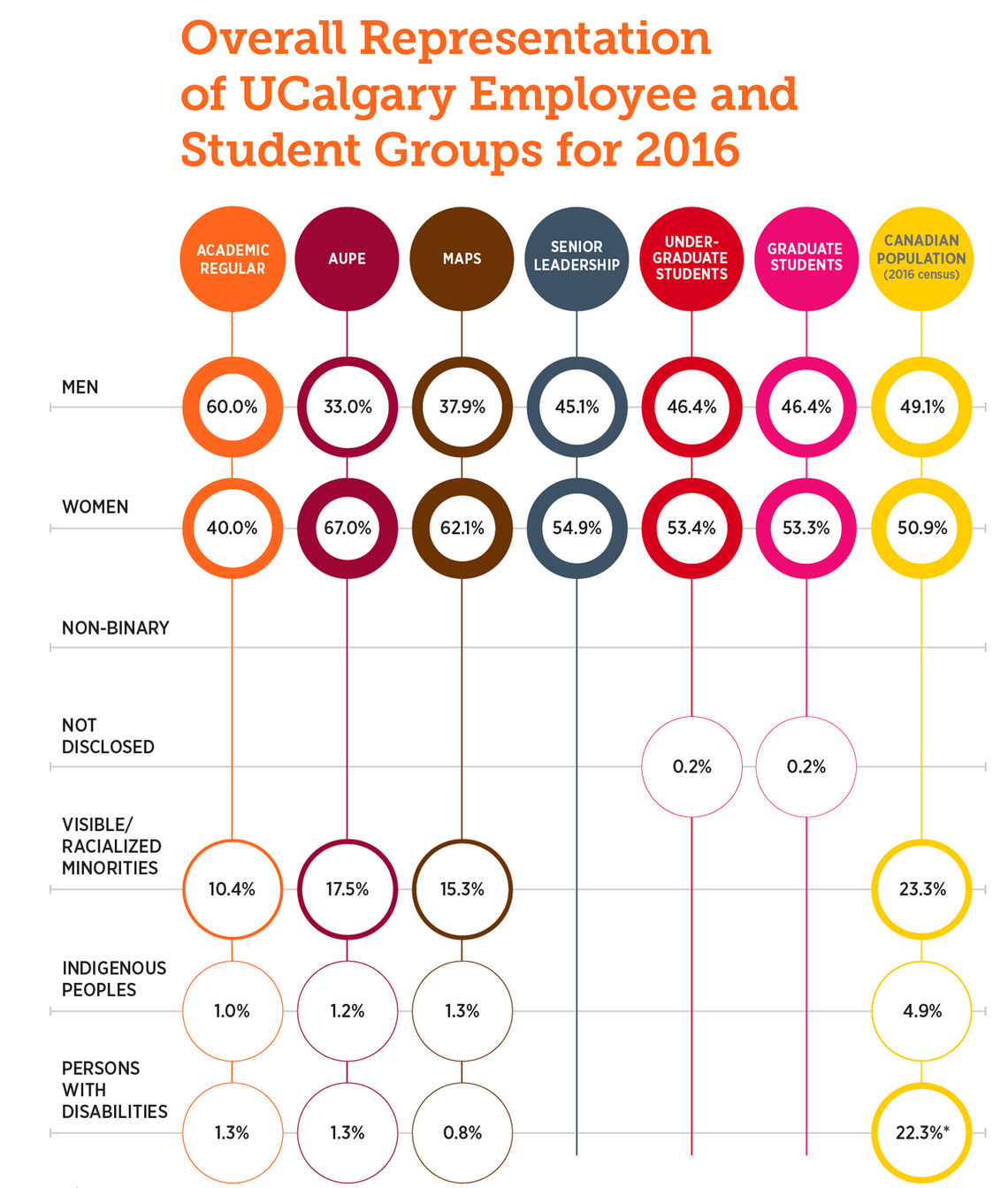
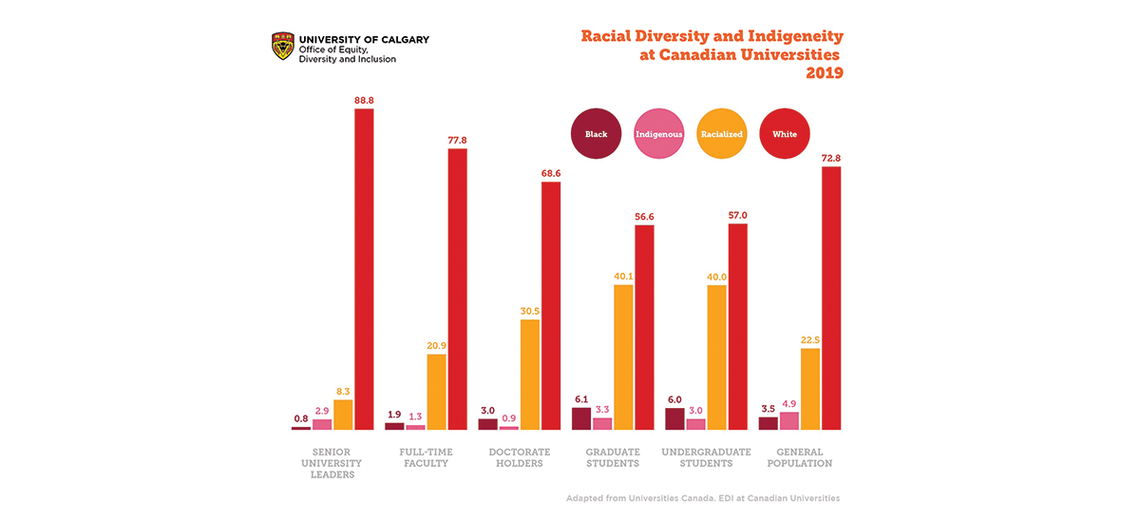
Adapted from Universities Canada. EDI at Canadian Universities
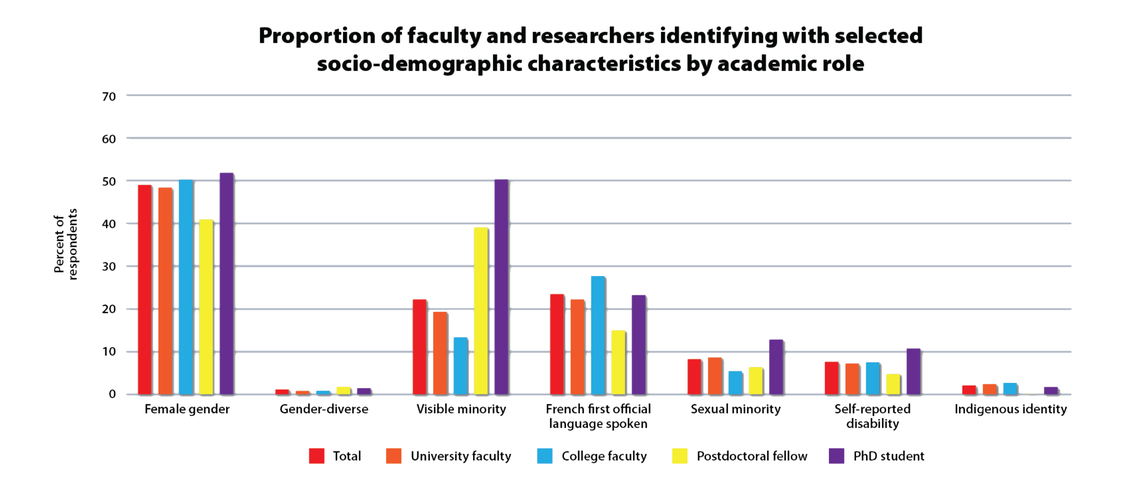
Source(s):
Selected population characteristics of postsecondary faculty and researchers by region, role and employment status (37-10-0165-01), Statistics Canada, Survey of Postsecondary Faculty and Researchers, 2019.
Statistics Canada. Table 37-10-0165-01 Selected population characteristics of postsecondary faculty and researchers by region, role, and employment status
EDI Data – Canadian Postsecondary Sector
The evidence clearly shows that increasing equity, diversity and inclusion (EDI) in research environments enhances excellence, innovation and creativity. EDI policies and practices strengthen the research community and the quality, social relevance, outcomes, and impacts of research. UCalgary is transforming the research culture by removing systemic barriers in the academic research community.
CAUT Almanac of Postsecondary Education
The CAUT Almanac of Post-Secondary Education in Canada is a source for Canada's most current statistical information on post-secondary education. The Almanac provides statistics on university and college finances; academic staff salaries and gender; student enrolment and graduation rates; student-teacher ratios; university research funding; and national, provincial, and international comparisons.
CAUT Equity Review
The existence of gender disparities in the awarding of tenure raises serious concerns about the status of female faculty in Canadian universities. Women historically have been far less likely than their male counterparts to be appointed to a tenure or tenure track position.
Higher Education Strategy Associates
We provide strategic insight and guidance to governments, post-secondary institutions, and agencies through excellence and expertise in policy analysis, monitoring and evaluation, and strategic consulting services. Through these activities, HESA strives to improve the quality, efficacy, and fairness of higher education systems in Canada and worldwide.
Statistics Canada - Survey of Postsecondary Faculty and Researchers, 2019
The Survey of Postsecondary Faculty and Researchers was conducted in 2019 to fill data gaps on equity, diversity and inclusion among those who teach or conduct research in Canada's postsecondary sector. It also examines how various diversity characteristics, among survey respondents, have influenced their career experiences. The survey was sponsored by Innovation, Science and Economic Development Canada.
Universities Canada - Equity, diversity and inclusion at Canadian universities: Report on the 2019 survey
In October 2017, Universities Canada members endorsed seven Inclusive Excellence Principles as part of their ongoing commitment to advance equity, diversity and inclusion (EDI). At the same time, Universities Canada committed to a five-year action plan to support members’ progress.
Universities Canada - EDI by the Numbers: Statistics on EDI at Canadian Universities
Empowering and mobilizing a full spectrum of ideas, talent, perspectives and experiences build a more innovative, prosperous and inclusive Canada. University leaders are working together and collaborating with community organizations, business leaders and governments to reduce barriers to equity, diversity and inclusivity on campus and in society.
Universities Canada - EDI stories and initiatives at Canadian Universities
Canada’s universities are committed to making their communities more open and inclusive. Explore how universities are promoting equity, diversity and inclusion for students, faculty and staff.
Universities Canada - Equity, diversity and inclusion facts and statistics
At their core, universities exist to enrich the world through learning, advancing knowledge and serving their communities. Universities Canada’s members have publicly made commitments to Canadians and adopted principles to help guide and support their work in creating a more inclusive, sustainable and prosperous future for all.
Equity-Deserving Groups
Equity-deserving groups are communities that face significant collective challenges in participating in society. This marginalization could be created by attitudinal, historical, social and environmental barriers based on age, ethnicity, disability, economic status, gender, nationality, race, sexual orientation and transgender status, etc. Equity-deserving groups identify barriers to equal access, opportunities and resources due to disadvantage and discrimination and actively seek social justice and reparation.
Under the Employment Equity Act, the government is required to strive to meet representation levels, based on estimated workforce availability, for the four employment equity designated groups: women, Aboriginal peoples, persons with disabilities and members of visible minorities.
Indigenous Peoples
- Statistics Canada - The achievements, experiences and labour market outcomes of First Nations, Métis and Inuit women with bachelor’s degrees or higher
- Statistics Canada - Statistics on Indigenous peoples
Gender and LGBTQ2S+
- LGBTQ2 Secretariat
- LGBTQ2 Action Plan Survey
- Statistics Canada- Sex, gender and sexual orientation statistics
Disability and Accessibility
- Statistics Canada - Canadian Survey on Disability Reports
- Statistics Canada - Accessibility statistics
Visible/Racialized Minorities
- Statistics Canada - A Look at Employment-equity Groups Among Recent Postsecondary Graduates: Visible Minorities, Aboriginal Peoples and the Activity Limited, 1994
- Statistics Canada - Visible Minority Persons
- Statistics Canada - Ethnicity
- Immigration and ethnocultural diversity statistics
Women

Statistics Canada - Canada is the first country to provide census data on transgender and non-binary people
Of the nearly 30.5 million people in Canada aged 15 and older living in a private household in May 2021, 100,815 were transgender (59,460) or non-binary (41,355), accounting for 0.33% of the population in this age group.
Just over half of non-binary people aged 15 and older (52.7%) lived in one of Canada's six largest urban centres: Toronto (15.3%), Montréal (11.0%), Vancouver (10.8%), Ottawa–Gatineau (5.6%), Edmonton (5.4%) and Calgary (4.5%).
Academic Pipelines of Equity Deserving Groups (Nationally) Infographics
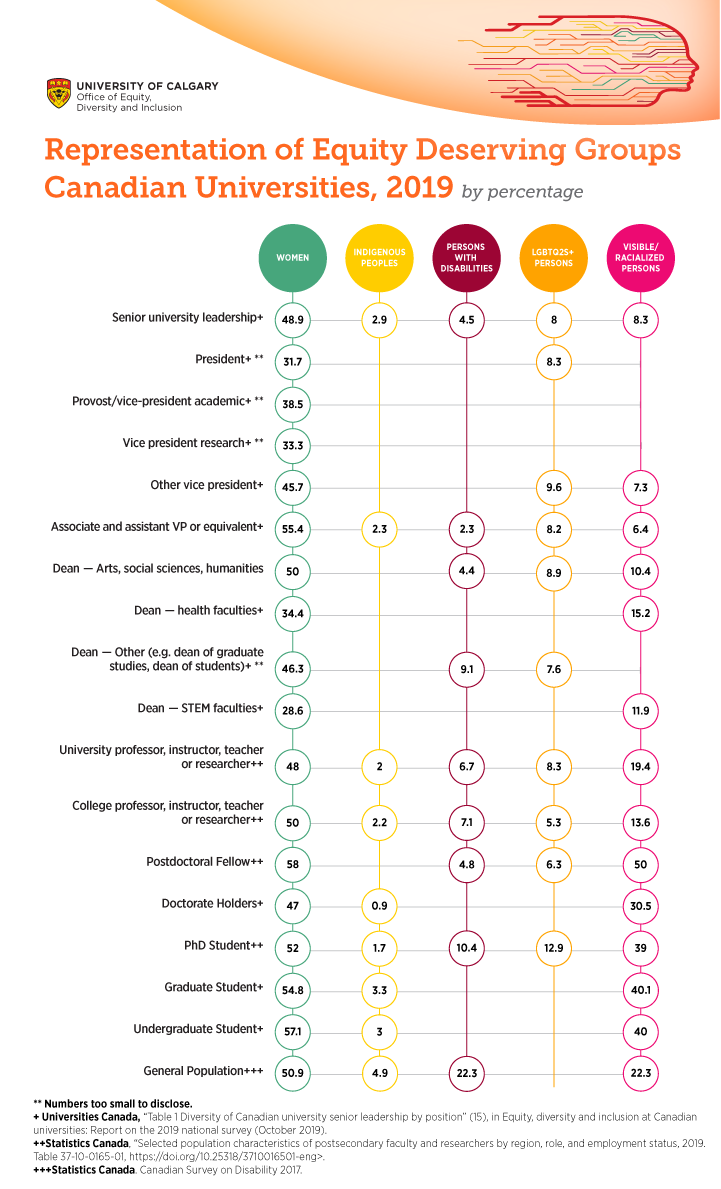
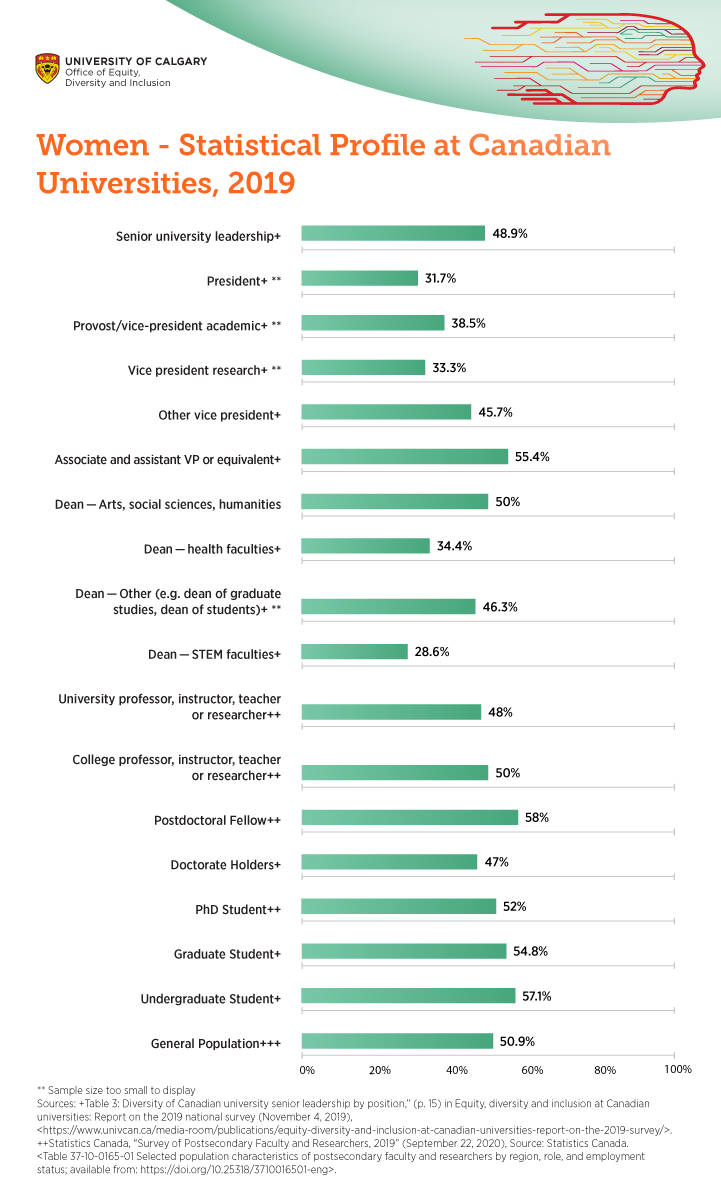


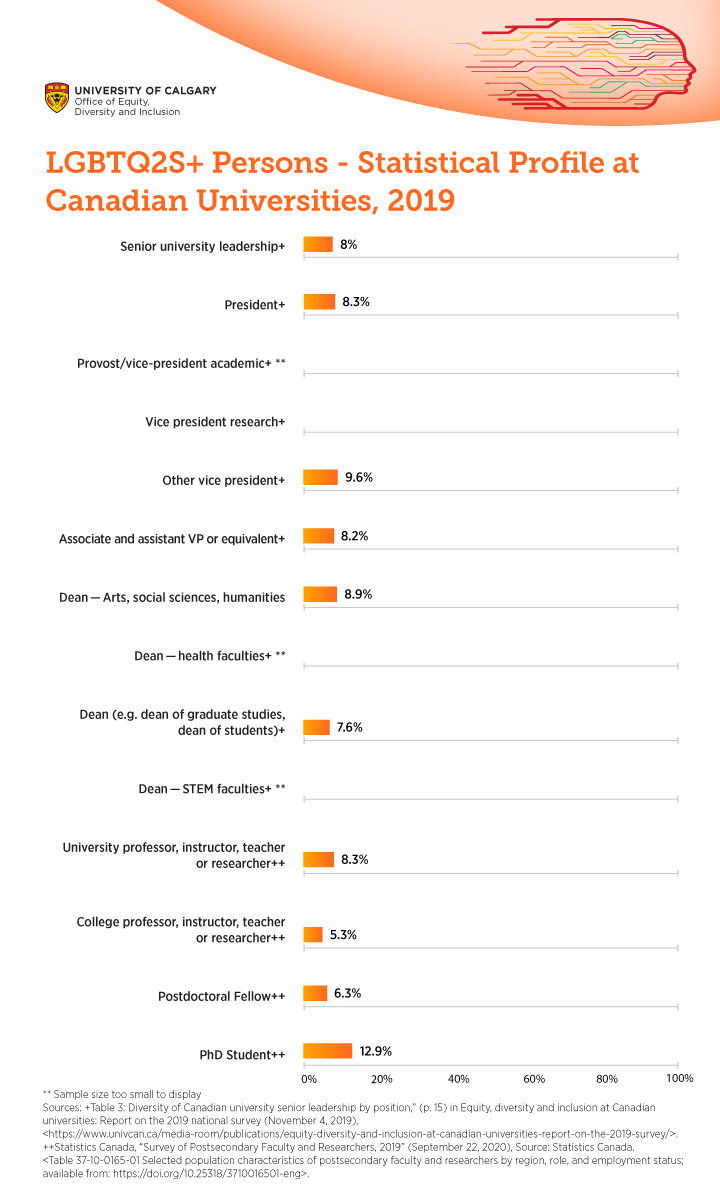
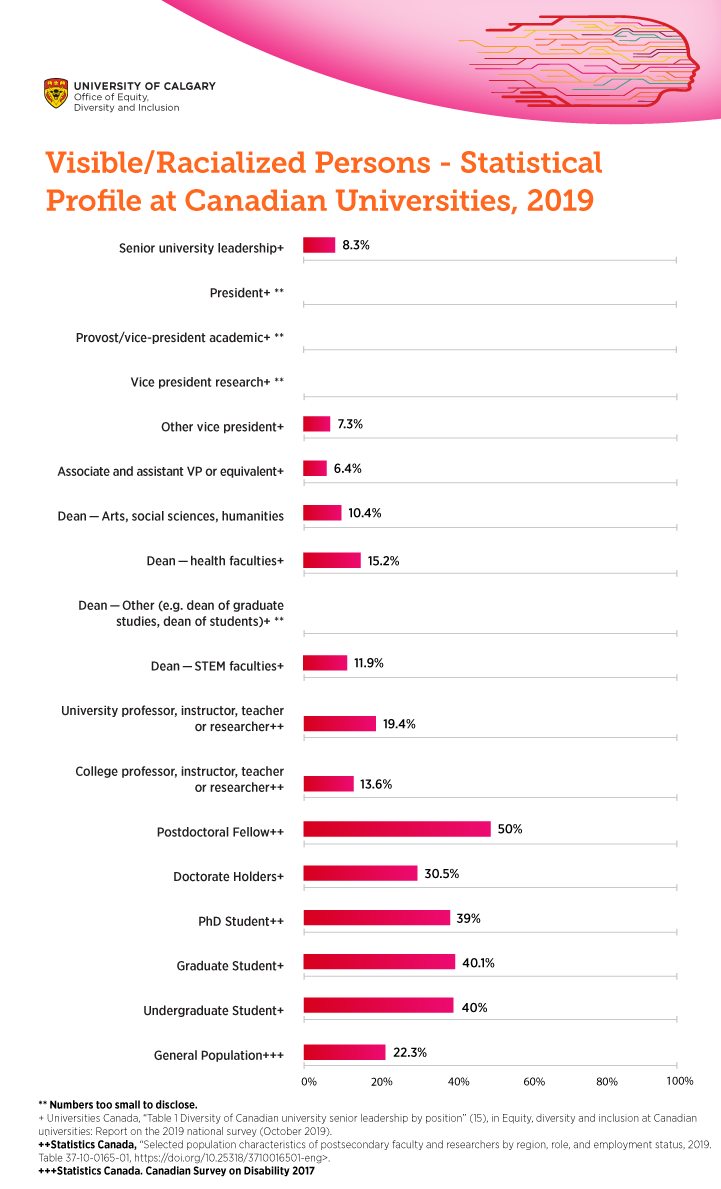
EDI Data – Research Ecosystem
Incorporating EDI strengthens our research programs and projects by harnessing a broader range of ideas, skills, expertise, perspectives and disciplines-which further enhances outcomes, impacts and social relevance and better reflects Canada's diversity, the diverse and globalized world we live and work in, and our responsibilities to the peoples and the lands where we live and work.
City of Calgary | Civic Census
The City of Calgary previously conducted a census to obtain an official count of dwelling units, population and other demographic information.
Calgary Demographic | Economic Indicators
Calgary is home to 240 different ethnic origins and has the third-largest visible minorities population in Canada. Learn more about Calgary's population, migration, languages and ethnic origins.
Diversity - City Calgary
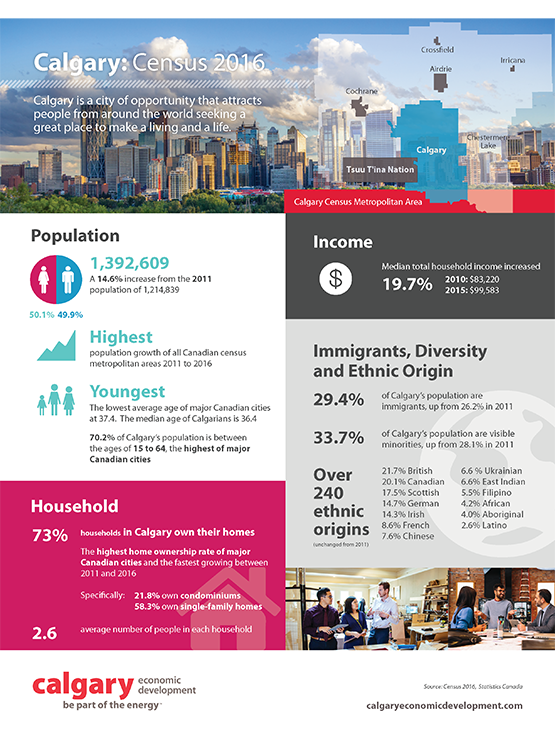
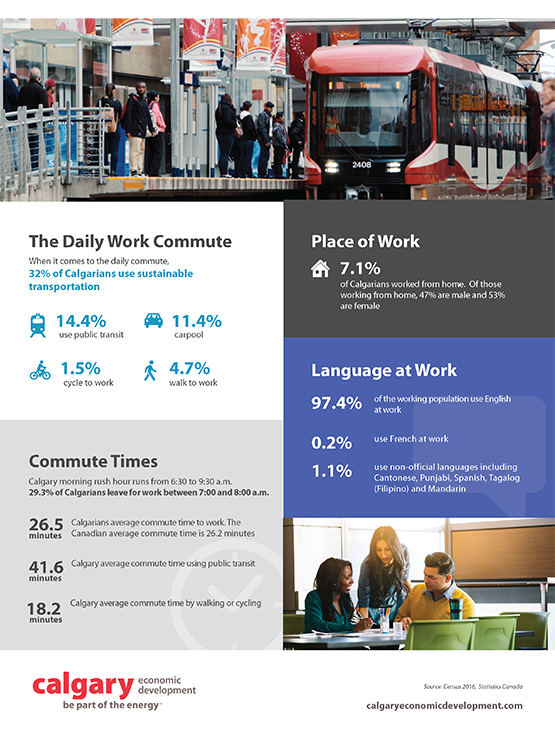
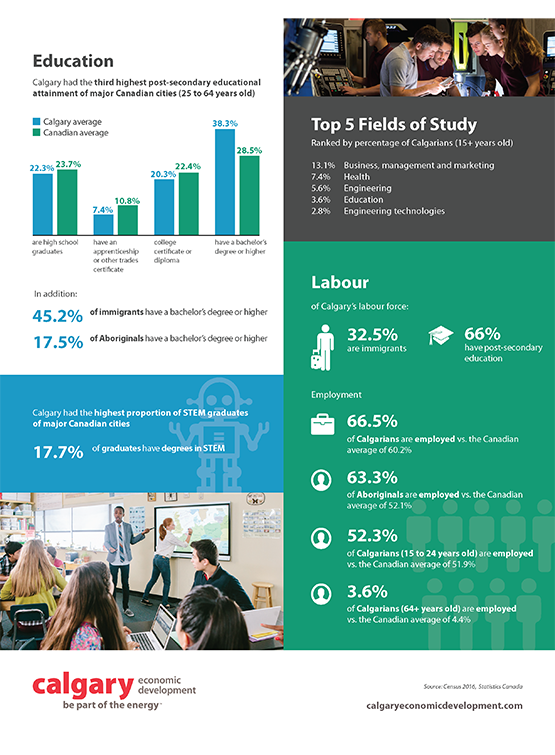
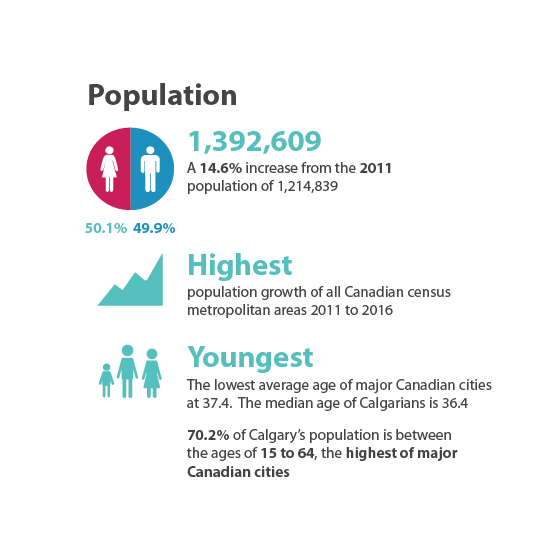
Statistics Canada - Census of Population
The Census of Population provides demographic and social information vital for planning services including child care, schooling, family services and skills training for employment.



Statistics Canada - Experimental ESG Dashboard

Statistics Canada - Experimental Environmental, Social and Governance Dashboard
Environment, Social and Governance (ESG) refers to three non-financial factors that can be used to inform the long-term risk and return of an investment. ESGs are emerging as a priority for governments, businesses and international organizations.
Statistics Canada - Quarterly Demographic Estimates, Provinces and Territories Interactive Dashboard

Statistics Canada - Quarterly demographic estimates, provinces and territories: Interactive dashboard
The estimates in this dashboard are based on 2016 Census counts adjusted for census net undercoverage and incompletely enumerated Indian reserves, to which are added data from the population growth estimates for May 10, 2016, to the date of the estimate. Data are presented for the last 25 years.
International EDI Data
Diversity in the UK | Diversity UK
Ethnicity and religion statistics | Institute of Race Relations, UK
HESA (UK) | the Higher Education Statistics Agency, are the experts in UK higher education data, and the designated data body for England.
Ethnicity facts and figures | UK Government
Campus Ethnic Diversity at National Universities | US News Rankings
Diversity in Higher Education: Statistics, Gaps, and Resources - 08-06-2021 | UCDA contact: Courtesy of Bradley University
Inclusion and diversity | Australian Bureau of Statistics
Education Statistics | Statistics South Africa
United States University Diversity: Racial Demographics & Other Stats | College Factual
Student Diversity at More Than 4,300 Institutions in the United States | Chronicle Higher Education
Using data and evidence | Advance HE, UK

UCalgary EDI Data Steward
Dr. Malinda Smith, Vice-Provost and Associate Vice-President Research (EDI)
UCalgary EDI Data Group
Chair, Vice-Provost and Associate Vice-President Research (EDI)
Specialist, Talent Acquisition, Human Resources
Vice-Provost (Indigenous Engagement) and Associate Vice President - Research (IE)
Freedom of Information and Protection of Privacy Coordinator, Legal Services
Vice-Provost (Planning and Resource Allocation)
Senior Advisor, Office of Institutional Analysis
Manager, Talent Acquisition, Human Resources

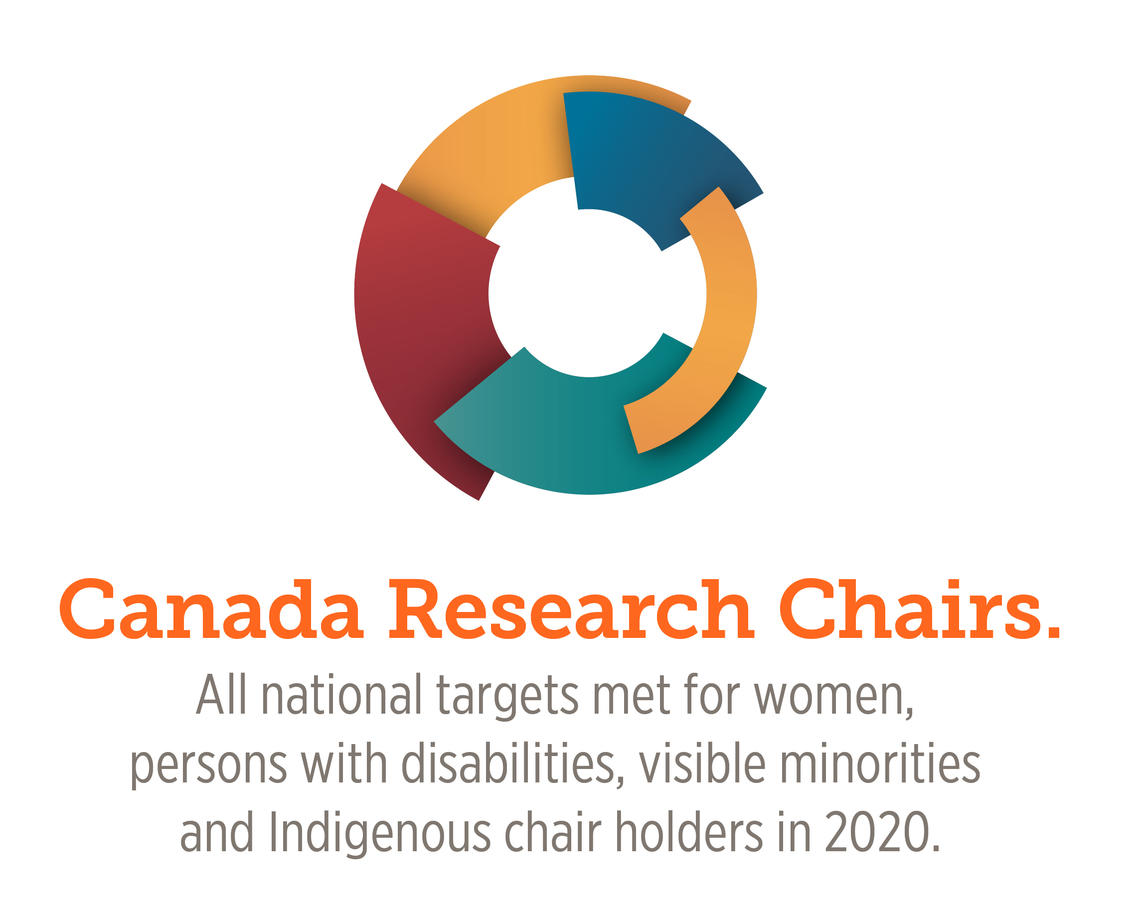

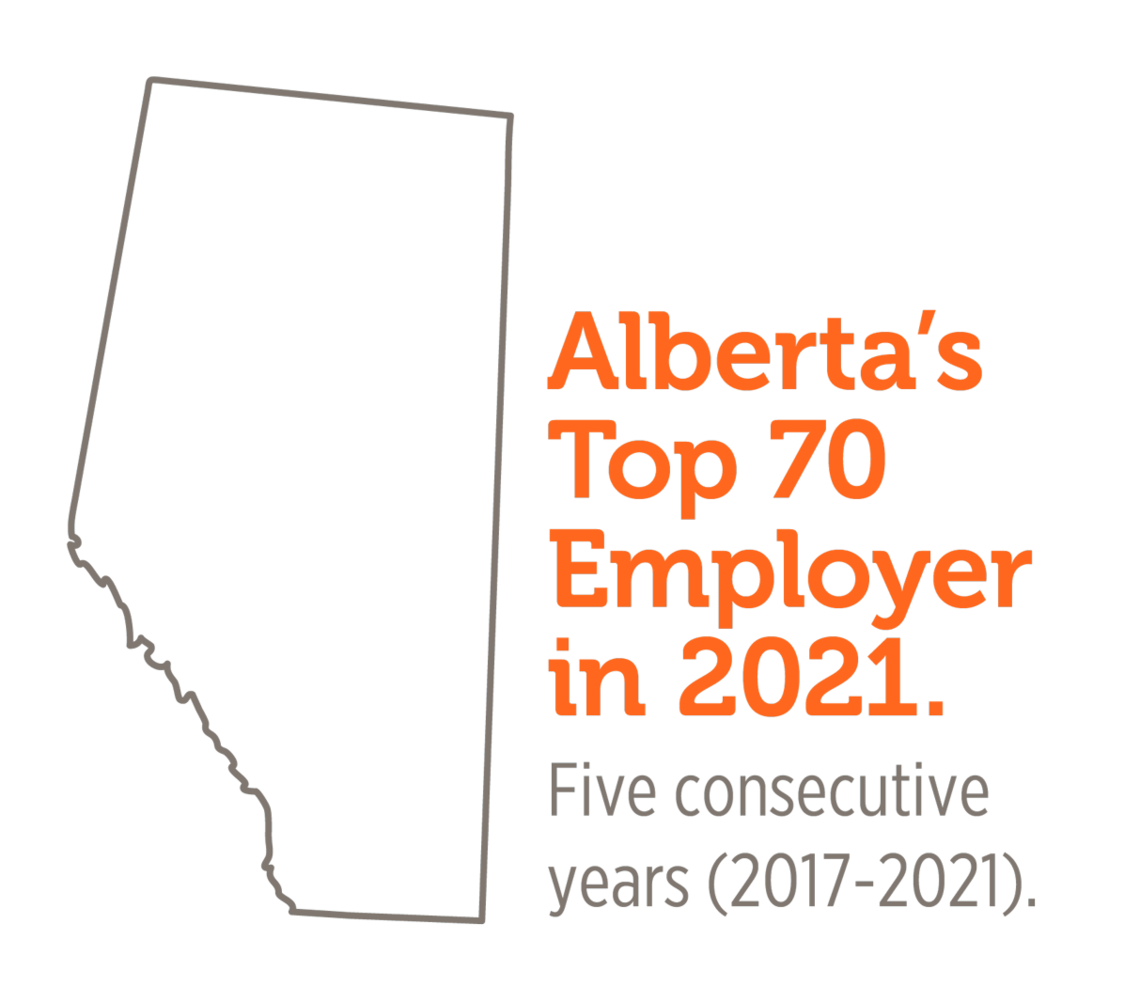
This page has been updated to reflect the most recent information available as of July 5th, 2022. The information contained herein is subject to change. Please check back frequently for updates.
If you have any questions, please email us at [email protected]

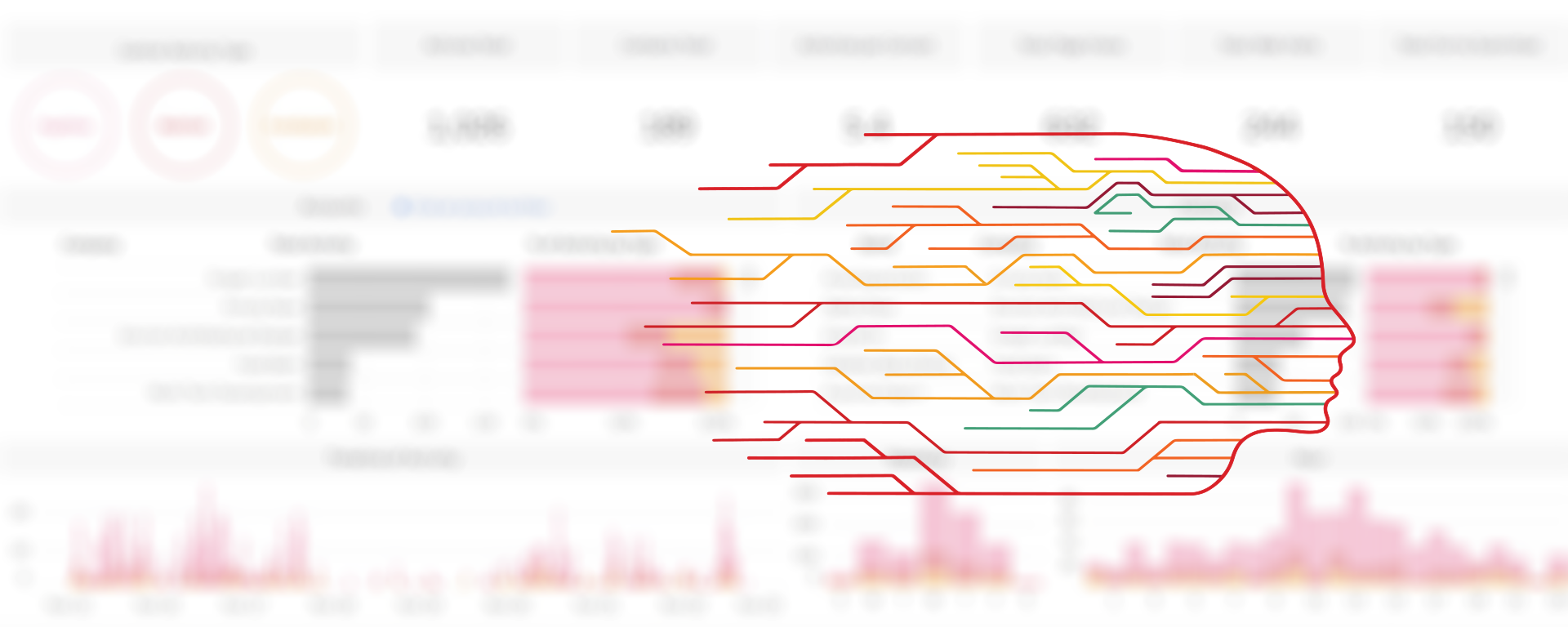
%2C-by-generation-status-and-visible-minority-group%2C-2014-to-2017-cohorts.png?itok=7rClZsIs)
